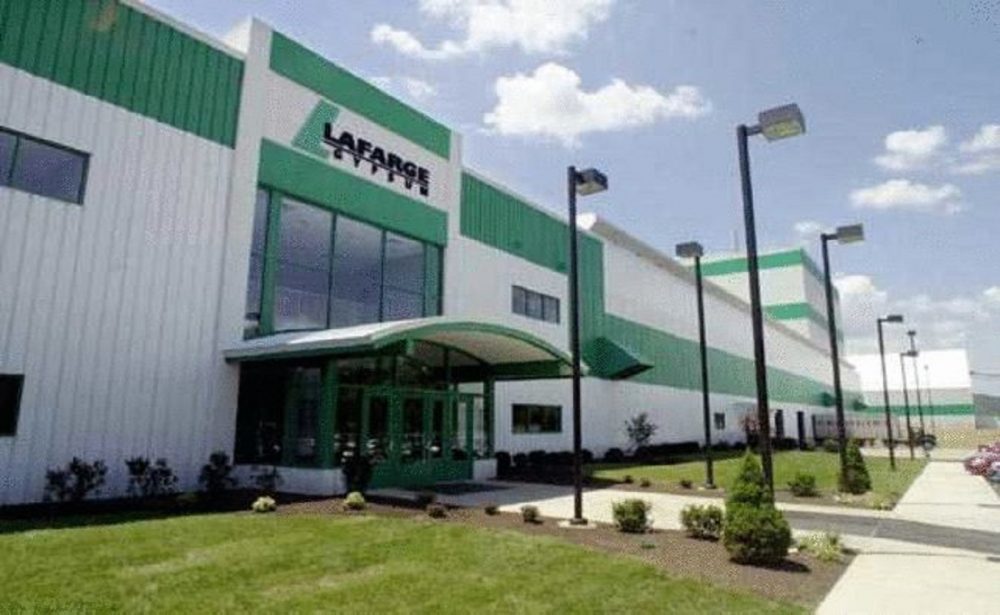Lafarge Africa’s FY 2017 numbers were weighed down by significant one-off items and high finance costs. Post its rights issue, Lafarge’s current debt of $713mn (N256bn) is higher than we expected as the company drew down an additional $192mn (N69bn) of debt for working capital requirements.
We expect the Nigerian cement market to perform strongly in 2018, and the company to perform better as a result, but there is a risk that any fall in cement prices will have a significant impact on Lafarge’s bottom line given it’s still high finance costs. Lafarge’s current share price is at a discount to fair value and we maintain our BUY rating as we expect cement prices in Nigeria to remain strong. We reduce our TP to N64 (from N66) on valuation adjustments.
The ‘clean-up’ appears to be over…
Lafarge released FY 2017 numbers affected by significant one-off costs and impairment charges of N10bn and N20bn, respectively. Adjusting for these costs the Nigerian business performed well, with the EBITDA margin up 1,542 bpts to 32% on strong cement prices. However, the loss-making South Africa (SA) business dragged the group EBITDA margin down to 19%.
The SA business was affected by operational issues at the Lichtenburg plant, where volumes were substantially below expectations because of employee strikes and technical issues. We believe 2017 was a ‘clean-up’ year with many moving parts, such as the rights issue, restructuring, Enterprise Resource Planning (ERP) implementation, and the Ashaka de-listing and merger.
Excluding the one-off SAP implementation cost guided by management of N8bn, we believe 2018 will begin on a clean slate, supported by strong cement prices and demand in Nigeria. We are concerned, though, about the SA business: a new CEO and CFO have been hired to facilitate the turnaround, but the Lichtenburg plant is old and operating in a competitive market with limited growth.
…but the company’s debt profile remains high
Lafarge completed its rights issue in March 2018, with part of the proceeds used to convert N112bn of its N195bn quasi-equity debt to equity. Post the rights issue we had expected outstanding debt of N188bn (comprising an NGN83bn quasi-equity debt balance and N105bn naira debt).
However, FY 2017 debt outstanding actually stood at N256bn ($713mn) as Lafarge invested further in its working capital. We are concerned by the financial gearing implied by this level of debt, which implies a debt-to-equity ratio of 163% and net debt to EBITDA of 4.1x. While not our base case, it places Lafarge at considerable risk should cement prices fall in Nigeria. With Lafarge paying N30bn in finance costs, if the competition were to reduce prices by 10%, our estimates indicate Lafarge would slump into a loss position.
In addition, from a pure cash-flow perspective, we expect Lafarge will have to draw down N140bn in FY 2018 to service its N150bn in current debt.
Valuation looks compelling although risks remain
We reduce our TP by 3% to N64 owing to higher net debt and financing costs than we expected. However, we also reduce our CapEx estimates over the next two years as management has now guided for a more conservative CapEx plan of NGN20bn in 2018, vs our previous estimate of N45bn pa. Lafarge is trading at a 2018E EV/EBITDA of 8.4x, a 16% discount to frontier peers, and our TP implies 46% potential upside.
We maintain our BUY rating although the following downside risks remain:
1) a fall in Nigerian cement prices;
2) lower-than-expected cement growth in Nigeria;
3) an inability to pay down N150bn of debt due in the next 12 months; and
4) continuing losses in the SA business.





















